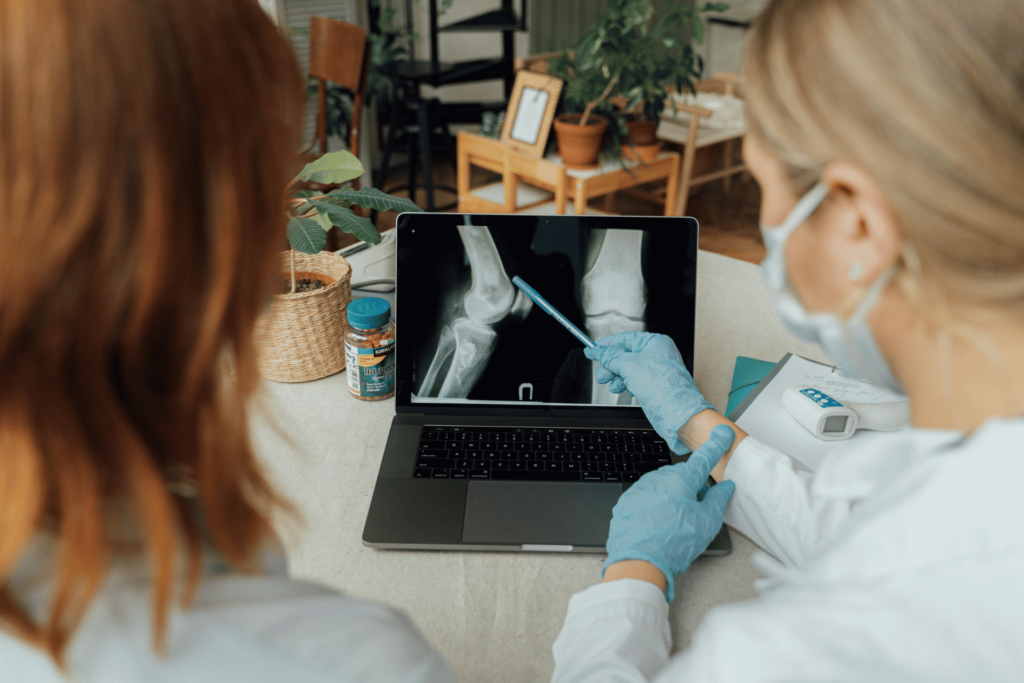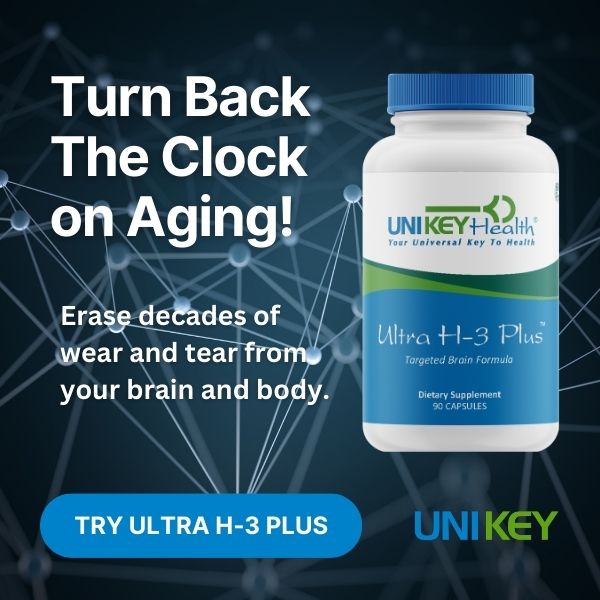 Shedding light on artificial light from glowing gadgets.
Shedding light on artificial light from glowing gadgets.
“Darkness is as essential to our biological welfare, to our internal clockwork, as light itself,” writes Verlyn Klinkenborg in a fascinating National Geographic article.
Sleep scientists find that bathing our world in artificial light not only disrupts our body clocks but also disturbs the production of vital regulatory hormones—like melatonin.
In fact, a recent study from the University of Southern California showed that exposure to light from electronic devices like your Kindle or iPad for a mere two hours reduces melatonin levels by 22%.
For years studies have linked higher rates of breast cancer in women with night-time brightness in their neighborhoods. And research finds an increased risk for cancers—prostate as well as breast—among night-shift workers. Experimental evidence suggests that melatonin, the antioxidant hormone critical for sound sleep and healthy immunity, plays a major role in increased cancer risk.
One interesting investigation published in Medical Hypotheses suggests that artificial—versus natural—light not only inhibits melatonin production but also increases the circulating estrogen levels, increasing the risk for melanoma. French researchers note the therapeutic effect of melatonin in metastatic diseases, and seasonal patterns in melanoma are consistent with seasonal melatonin production in the body.
A 2009 New York Academy of Sciences conference paper implicated artificial lighting in cancer, depression, diabetes, and obesity. And certain types of fluorescent lighting can be particularly damaging.
In addition to health problems—ranging from headaches and eye problems to electromagnetic radiation—linked to fluorescent lighting, a study at the University of Pennsylvania finds that long-term exposure can cause cumulative skin damage in people with lupus and other photosensitive skin disorders. Those new energy-efficient compact bulbs add even another risk—the potential for mercury pollution.
Light Pollution
Light pollution may be the easiest environmental hazard to remedy. But it’s all too easily overlooked in today’s 24/7 world where people text into the wee hours and watch TV and play games on the computer right before bed.
I’ve been concerned about light pollution for some time now. The typical American gets only about 7 to 8 hours of darkness every night—and probably only secretes melatonin 6 to 7 of those hours. Ideally, we should be producing this critical hormone for 9 to 10 hours a night.
Most indoor lighting ranges from 100 to 1,000 lux (a measurement of how light illuminates). Studies show that as little as 100 lux at night can inhibit melatonin production—and 500 lux (easily achieved in our brightly lit homes and urban centers) can impair melatonin production up to 98%.
The Right Light
Then there are specific risk factors depending on the type of artificial light you’re exposed to. For example, energy efficient fluorescents—whether those long tubes or the compact fluorescent lights (CFL)—create elevated magnetic and electric fields whenever they’re on.
Research at University of Oklahoma College of Medicine also finds that compact fluorescent bulbs—unless they come with shields—leak ultraviolet B radiation, which is key in promoting skin cancer. Is this the lighting you want next to your—or your child’s—head?
Break one of these corkscrew-shaped CFLs—and you’ve got a Hazmat crisis right in your own home! That’s because the mercury in just one bulb can contaminate a whole room. Recycling them isn’t easy, either. In a landfill near your home, they leach mercury in groundwater and soil.
In addition to fluorescents, halogen lights (which generate a lot of heat and require ventilation) and even the electrical wiring in your home can produce significant amounts of electromagnetic fields (EMFs), increasingly found hazardous to human health as I discuss in my book Zapped. A low voltage DC halogen light that’s set into the ceiling is safe if you’re beneath it, but it can radiate high magnetic fields about three feet into the floor above, so don’t place them underneath rooms where children sleep or play. In addition, the AC magnetic fields produced by lights and ceiling fans are greater in the rooms above them because you are closer to the source.
For safety’s sake, the classic incandescent bulb and LEDs (although a bit pricey) are best.
Up Your Melatonin
This hormone enhances the power of the immune system’s lymphocytes to fight cancer cells that slip by the body’s other defenses, so it’s hardly surprising that low melatonin levels have been implicated in breast cancer, melanoma, and malignancies of the ovary and prostate. Low levels of melatonin are also linked in Alzheimer’s and Parkinson’s diseases.
Even low levels of EMFs can suppress melatonin production, so I advise trying some of the shielding and protective devices including Earthing I’ve found useful in my own home. Go to www.areyouzapped.com for handy, reasonably priced ways to uncover—and if necessary, re-mediate—melatonin-depleting EMFs in your home or office.
Room-darkening drapes and shades won’t reduce your exposure to electrical and magnetic field radiation. But keeping your room darker longer can help your body produce more melatonin, which is also diminished by exposure to EMFs.
In studies of older people (who tend to have lower than normal levels of melatonin and consequently have trouble sleeping as well more insulin resistance, decreased glucose tolerance, and more type 2 diabetes) those who were exposed to about two hours of sunlight a day had higher levels of melatonin—and slept better—than those who didn’t spend as much time in the sun. Even being outside on a cloudy day or sitting in the shade appears useful.
Blue light helps keep you alert, but it also suppresses melatonin production in the evening. Researchers with the Lighting Innovations Institute at John Carroll University in Ohio have developed reasonably priced blue-blocking glasses, light bulbs, and night lights that their studies found helped promote better sleep and reduced symptoms of ADHD in people who wore them a few hours before bedtime.
Sleep Solutions
LowBlueLights.com has special glasses and nightlights that block out blue light that inhibits melatonin production.
Because melatonin regulates the sleep-wake cycle and supports other antioxidants as well as vital immune system components called natural killer cells, I would consider melatonin supplementation. It is also helpful in controlling GERD. I take from 1-4 doses of a 3 mg time-released tablet to help ensure a peaceful night’s uninterrupted sleep.
I helped formulate the 3 mg UNI KEY time-released Melatonin with 25 mg of zinc, 50 mcg of selenium and 5 mg of manganese. Zinc is a premier wound healer and immune booster. Selenium is an anti-cancer antioxidant. Manganese is one of the minerals required to form SOD that protects us against cell-damaging, unstable free radicals.
Tart red cherries are an excellent food source of melatonin.
Dimming your tablet or smartphone brightness setting and keeping the device at least 14 inches from your face will still allow you to read at night but not impact melatonin production.
Phillip Stein sells a very unique Sleep Bracelet that helps to improve sleep with a special stress-reducing frequency disk. Researchers at the Philip Stein lab in Vancouver have found that the Sleep Bracelet helps wearers fall asleep naturally and wake refreshed. I have worn this on many occasions and discovered that when used in conjunction with melatonin, I sleep much more soundly.












9 Responses
Hi Ann Louise,
So would you wear blue light reading glasses and for what times would you wear them??
Do you have any other tips regarding these glasses?? (TIA)
Hi Susie: I would wear the blue light glasses at least two hours before bed. I started wearing them right after dinner so I wouldn’t forget!
I would also wear them if you have to get up during the night for any reason and needed to use a regular night light or flip on dim overhead lights.
Melatonin is so very sensitive to the least glimmer of light that being as proactive as possible would be highly encouraged.
Already taking melatonin. Liquid form. Better than having to take another pill. I get it from swansons on line.
I just checked out the product you take. The Swanson’s liquid melatonin is high in sugars (like fructose) and appears to be loaded with preservatives. Those “natural” flavors listed on the label are anything but “natural” (probably a code for MSG) and the formula contains wheat. This liquid form is far from a healthy substitute for the time-released product ALG discusses in her blog. I’ll stick with UNI KEY because the quality is so much higher.
Hi Anne Louise,
My husband has minor symptoms of MS (since the 1970’s). He is nearly 63 and takes 3 Ultra GH-3 twice a day. His only symptom when on the GH-3 really is intolerance of heat. So he stays out of the sun and heat. When I started reading about Melatonin awhile back, it said not recommended for anyone with an Autoimmune disease. I take melatonin, but have always been afraid to give it to my husband. Due to our lifestyle lately, he is not sleeping well like he used to while on Ultra H-3. And he is around a lot of light from his laptop and TV at night. I would really like to order your Melatonin for him but I am afraid to give it to him after all I read in the past. What do you advise? I have read your books and followed you since the mid 1980’s! Thank you!
Hi Bonnie:
Thank you so much for posting. I am glad your husband is taking Ultra H-3 and I would encourage you to tell him to take the second dose before 4 PM so it won’t have the opportunity to “keep him up” at night when he is trying to sleep.
The melatonin situation is more complex because most types of auto-immune diseases are contraindicated with melatonin. This would includ MS.
Instead, you might want to experiment with about 2 – 5 grams of inositol – which is “Nature’s Sleeping Pill.”
While inositol does not contain the EMF-protective qualities of melatonin, it is a natural relaxing agent.
It is also easily available in most health food stores around the country.
Best of luck and my best wishes….
I love reading your newsletters. I learn so much.
I do work in the night and I don’t have the choice to switch to day time.
I have little ones at home so my sleep time is quite limited. I do take melatonin. Do you have a recommendation for how much someone in my situation should be taking? And when do you recommend it should be taken? I usually only take 3grams a day.
Thanks for your time and thanks for the great newsletters!
Hello Rene:
Thank you for your post. In light of your work and sleep situation, I would be hesitant to recommend high amounts of melatonin during the daytime for you.
Instead, I believe that the Earthing technology mentioned in the blog may be a more gentle and natural way of enabling your body to make its own melatonin and also control cortisol. Earthing can infuse your body with healing electrons from Mother Earth which funtion as potent antioxidants and provide a wide variety of healing benefits. According to the studies I have reviewed, the body can regulate itself and maintain a more “normal” circadian rhythm with the help of the conductive Earthing sheets, bands, and mats.